(ECNS) -- In the Chinese blockbuster animated film Ne Zha 2, the Taoist master Taiyi Zhenren famously rebuilds Ne Zha’s body using lotus roots. Now, in the real world, a team of scientists in Wuhan, Hubei Province, is turning this ancient myth into reality.
Over the past decade, researchers at Wuhan Polytechnic University’s School of Food Science and Engineering have extracted fibers from lotus roots and utilized 3D printing technology to produce customized bone scaffolds designed to support cell regeneration, a Hubei news outlet has reported.
Professor Jiang Xueyu, a key researcher, explained that lotus roots are particularly rich in fiber. The research team has focused on harnessing these fibers to fabricate 3D-printed scaffolds precisely tailored to bone defects. The resulting implants encourage bone cells to grow along the lotus-derived fiber structure, significantly accelerating the healing process.
Unlike conventional steel implants, which often cause complications such as poor compatibility and require larger surgical incisions, lotus fiber scaffolds integrate naturally with the body. They degrade at a rate that matches the formation of new bone, eliminating the need for secondary surgeries to remove implants.
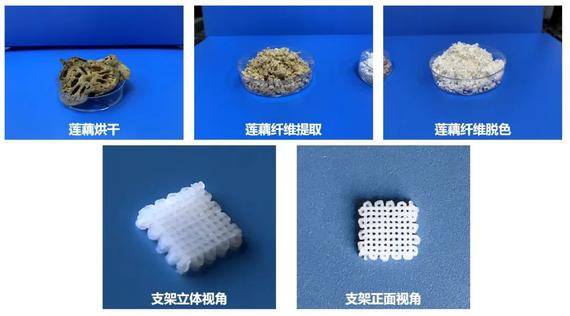
Currently undergoing animal trials, this technology could dramatically reduce treatment costs and enhance patient recovery outcomes if successfully adapted for clinical use.
Beyond medicine: Lotus root’s potential in functional foods
Professor Yi Yang, who leads the research team, emphasized that their innovations extend beyond medical applications and have transformed the way lotus root is processed as a food ingredient.
Traditional methods of lotus root starch production discard essential nutrients and produce considerable wastewater. To address this, Yi’s team developed "whole lotus root powder," which preserves all nutrients while offering improved flavor and versatility. This breakthrough has inspired a variety of new products, including instant beverages, lotus root-infused fish cakes, and probiotic-enhanced snacks.
Yi's team also discovered that gelatinized lotus root powder possesses unique rheological and gelling properties, making it ideal for creating 3D-printed foods.
"We can print edible sculptures — such as Ne Zha himself or his iconic Wind Fire Wheels — by adding matcha or other natural colorings," Yi explained.
With Hubei Province already leading China in lotus root cultivation, this research is poised to revolutionize the industry by seamlessly integrating tradition, advanced technology, and nutritional innovation.



















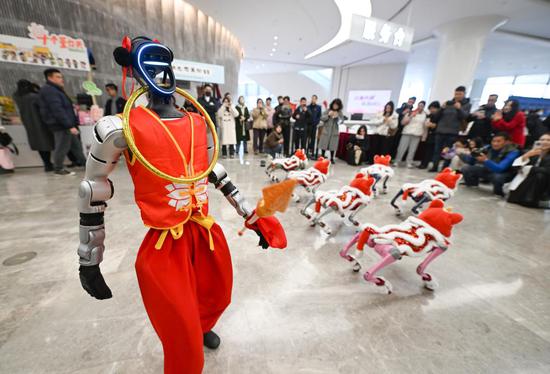

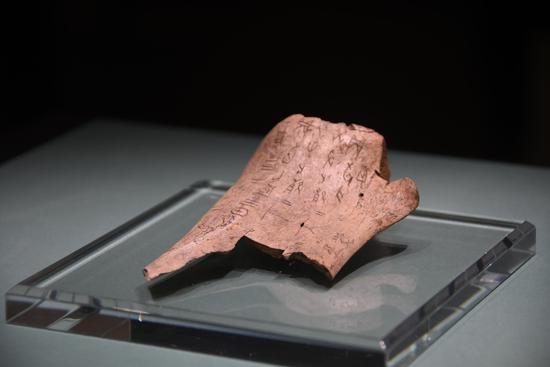






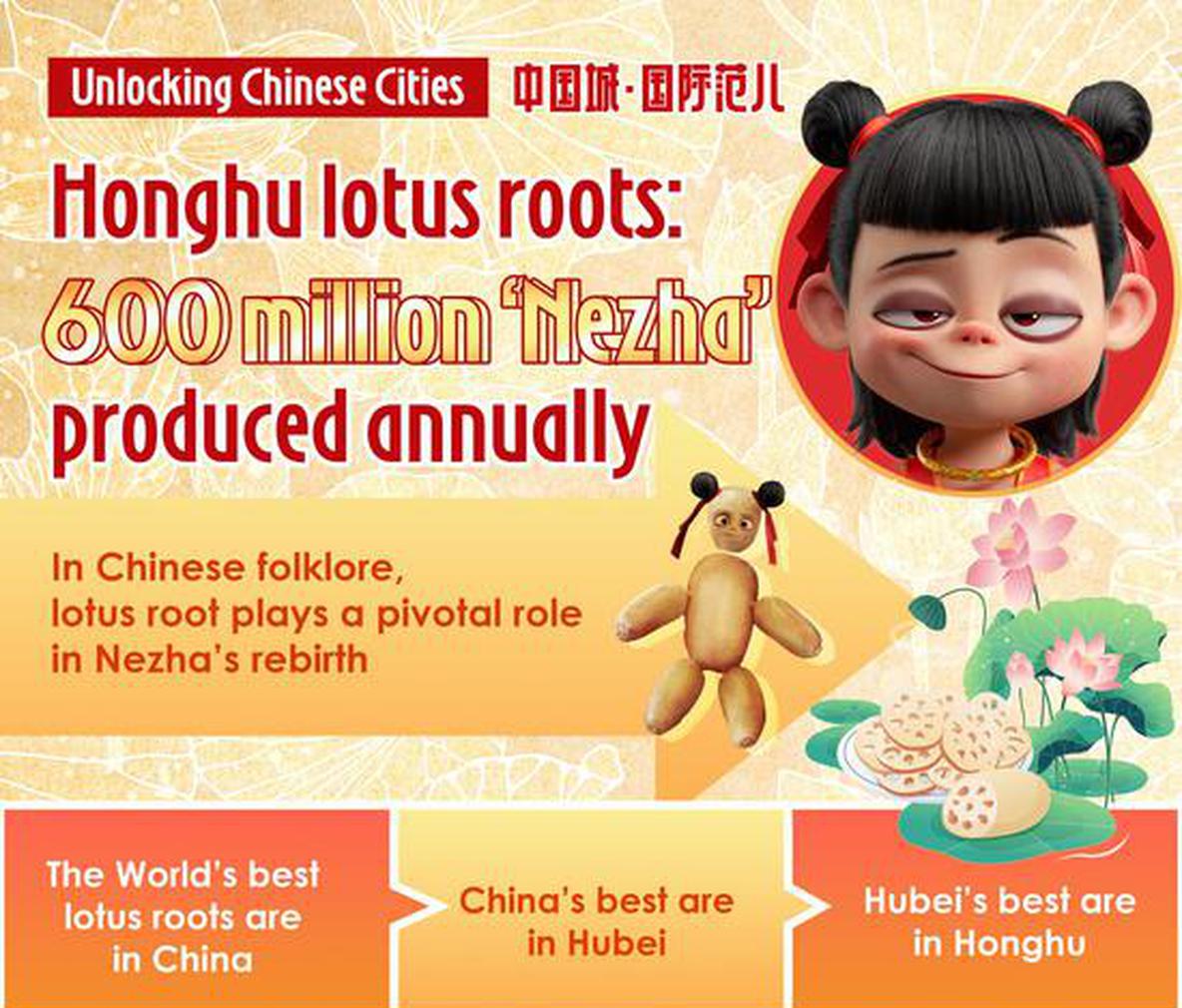

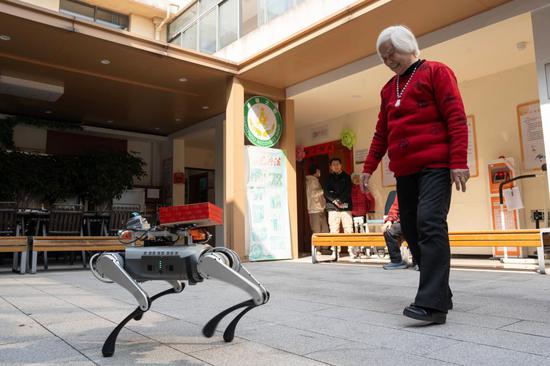






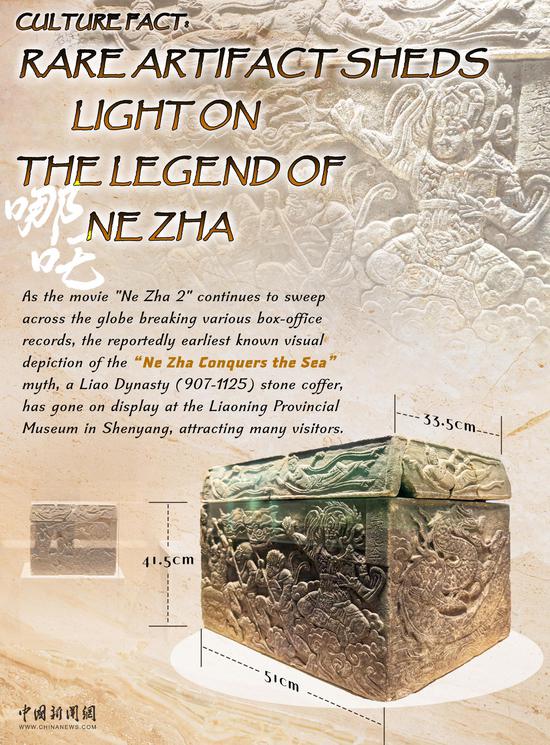





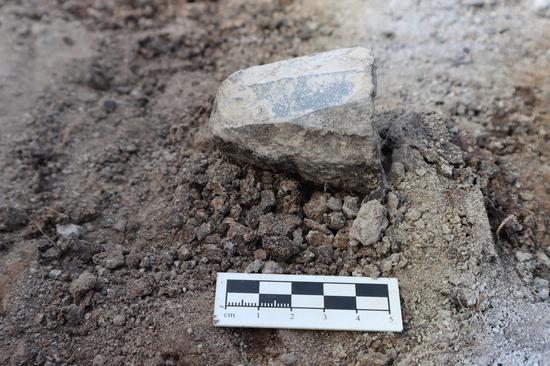


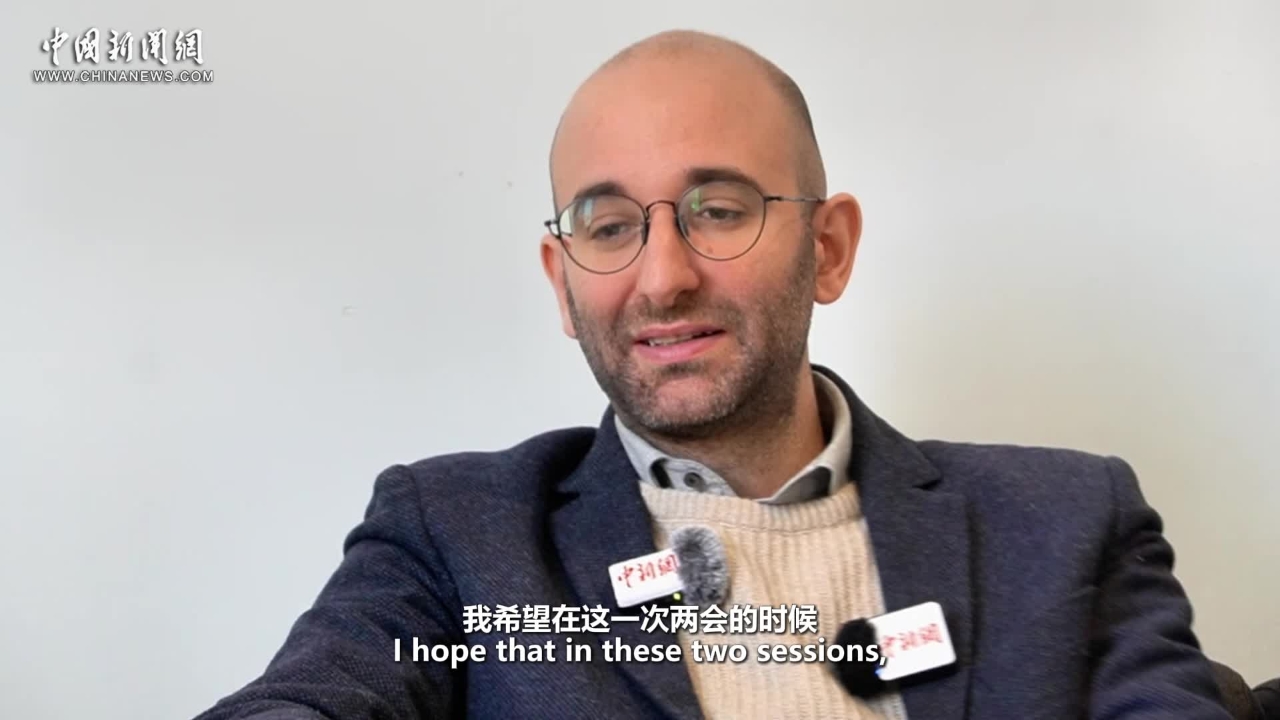



 京公网安备 11010202009201号
京公网安备 11010202009201号